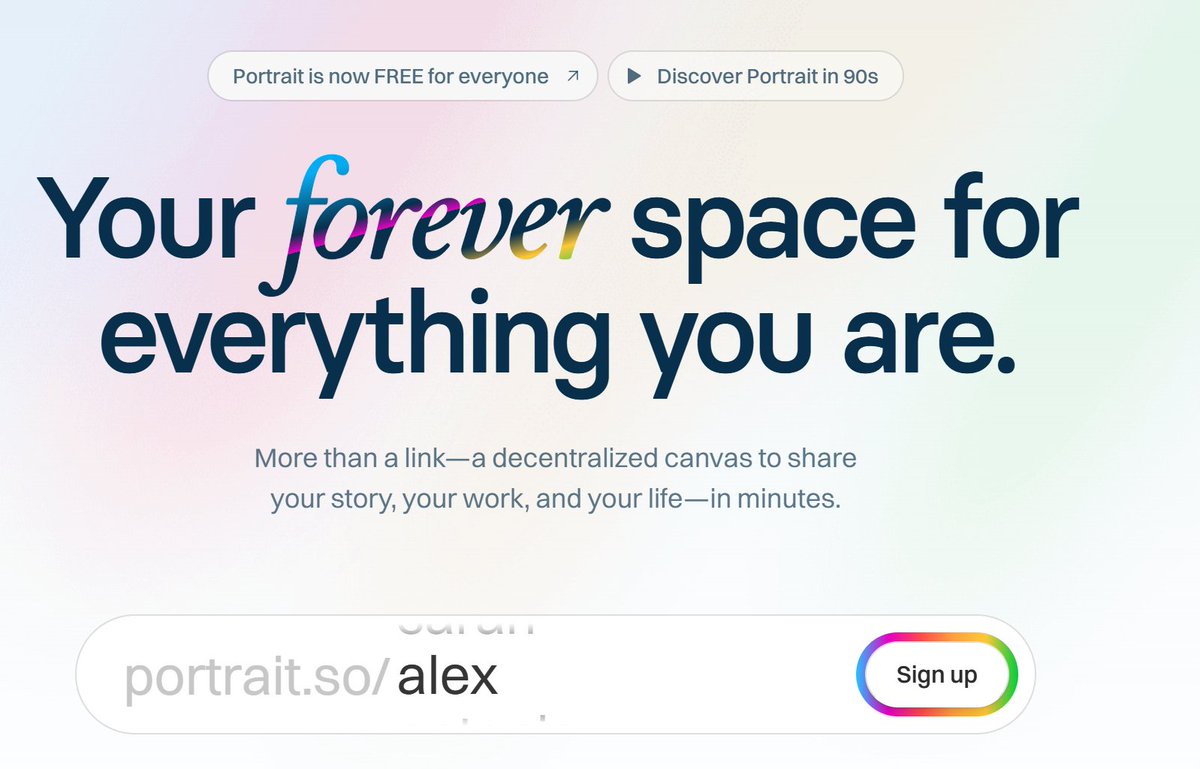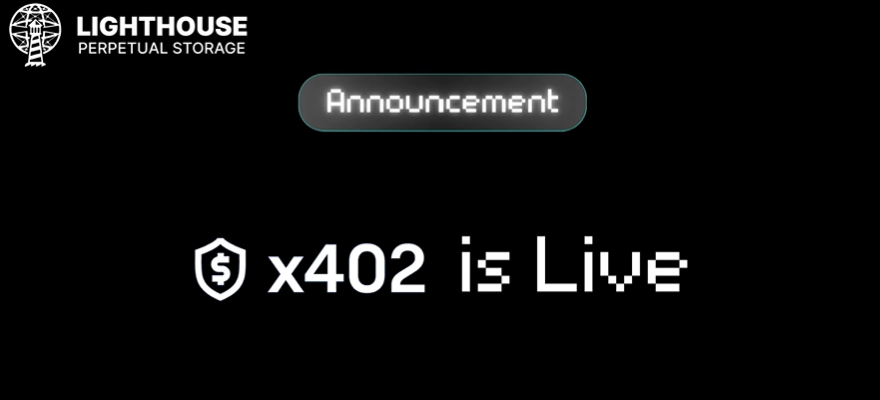Topic Background

Filecoin TL;DR
Infra
2/ x402 的作用
x402 将支付流程置于标准 HTTP 协议内部。
服务器返回支付详情,客户端提交已签名的支付信息,请求继续进行。
这支持按请求付费,而非使用账户、积分或预付余额。
3/ Lighthouse 的作用
Lighthouse 管理上传、支付检查和 CID 返回。
文件通过 IPFS 路由,并在 Filecoin 上进行存储结算。
开发者通过普通的 HTTP 调用进行交互,无需使用自定义计费系统。
4/ 这为何重要
每次上传都独立定价和结算。
应用程序和代理只需为存储的内容付费。
这适用于需要按请求直接付费的自动化工作流程,并以 Filecoin 作为存储层。
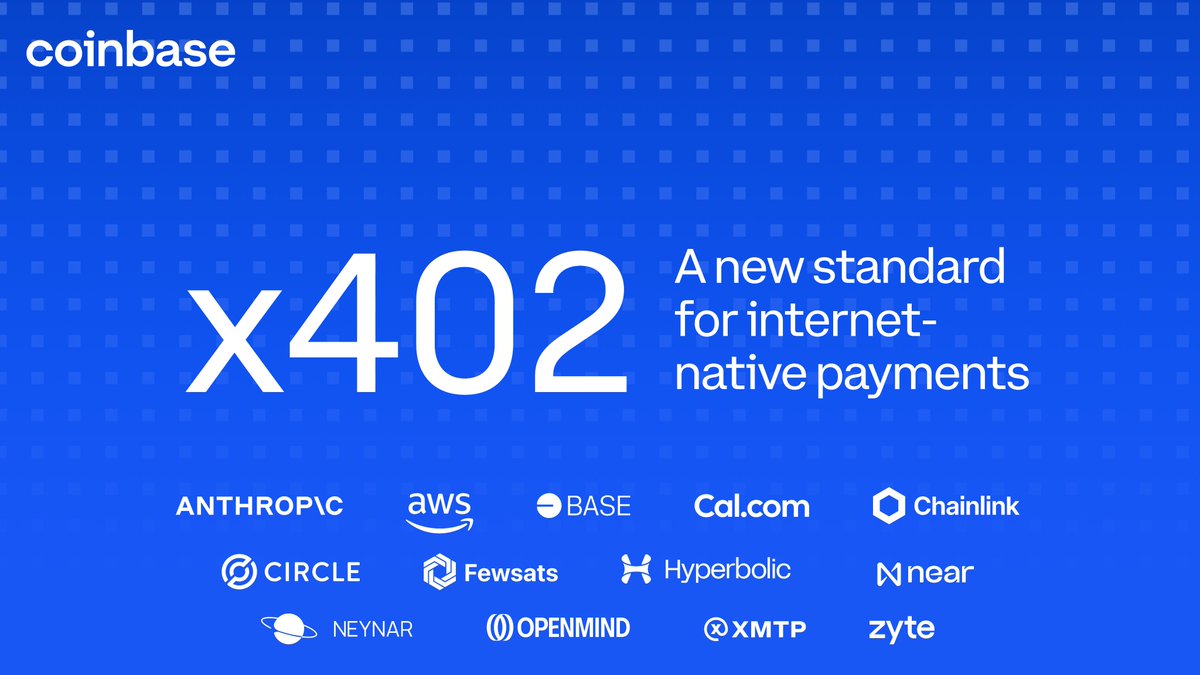

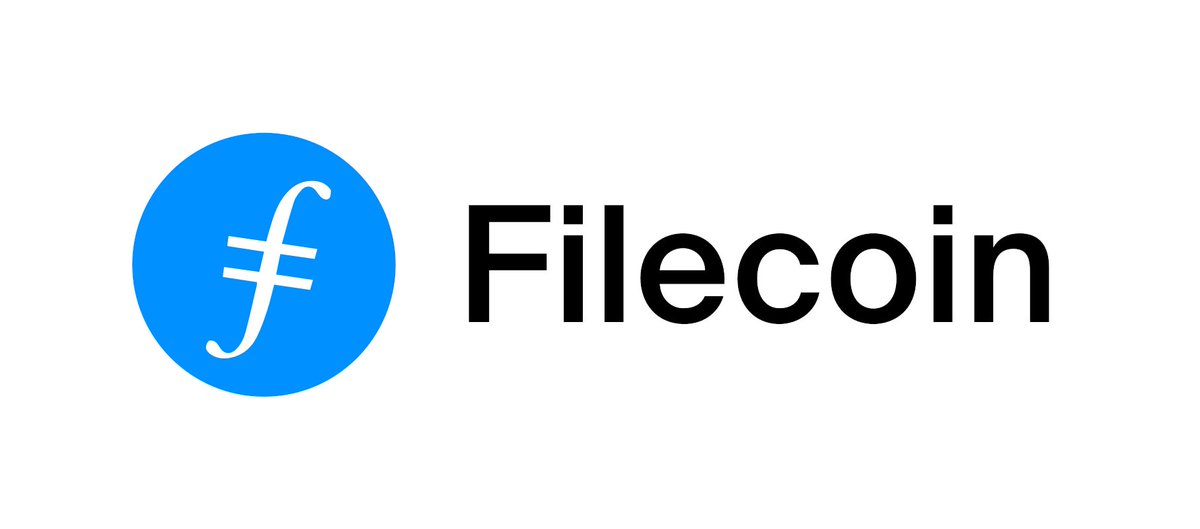

Filecoin TL;DR
Infra
12-15 14:09
🧵Filecoin Onchain Cloud 如何助力 DePIN 网络
简而言之:Filecoin Onchain Cloud 为 DePIN 团队提供共享的链上存储、检索和支付渠道。
这使得 DePIN 可以更快地启动,依赖共享的基础组件,并避免定制后端和计费系统。
1/ DePIN 基础架构
大多数 DePIN 网络需要数据存储、数据检索方式以及与实际服务交付绑定的支付系统。
Filecoin Onchain Cloud 以共享链上基础设施的形式提供这些组件。
2/ 链上存储
传感器日志、地图或网络记录等 DePIN 数据可以存储在 Filecoin 上,并带有与链绑定的加密证明。
这为网络提供了一个共享的数据层,服务历史记录保持公开、可审计且可跨应用移植。
3/ 带证明的检索
Filecoin Onchain Cloud 支持检索市场,服务提供商仅在交付数据后才能获得报酬。
对于 DePIN 网络而言,这意味着带宽或数据访问与清晰的经济规则挂钩,而非依赖于对单一运营商或链下报告的信任。
4/ 链上支付
支付通过 Filecoin Pay 进行,并根据链上条件释放资金。
DePIN 网络可以在合约层面将奖励与存储、访问或正常运行时间逻辑挂钩,而无需自定义计费系统或手动对账。
5/ 更低的启动成本
借助 Filecoin Onchain Cloud 原语,DePIN 团队可以专注于硬件、覆盖范围和需求。
存储、检索和支付不再需要新的网络设计,从而降低了启动风险并缩短了上线时间。
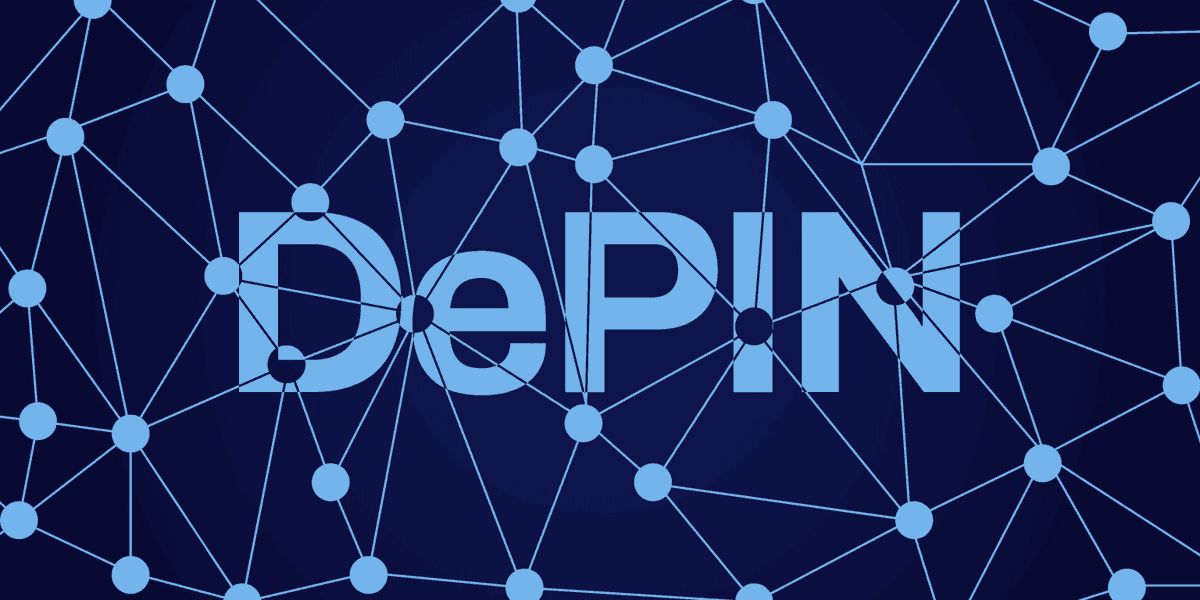
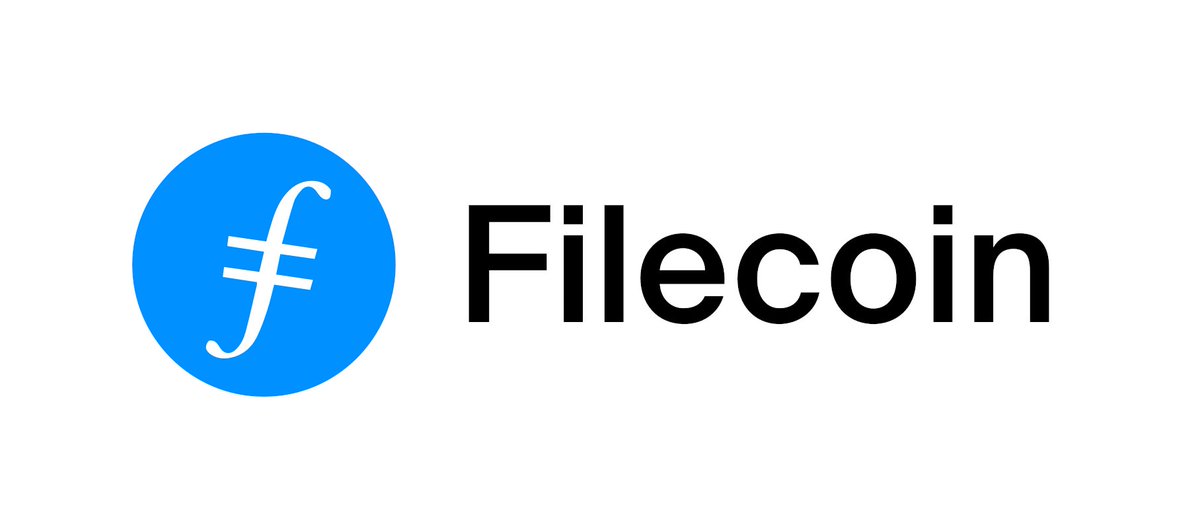


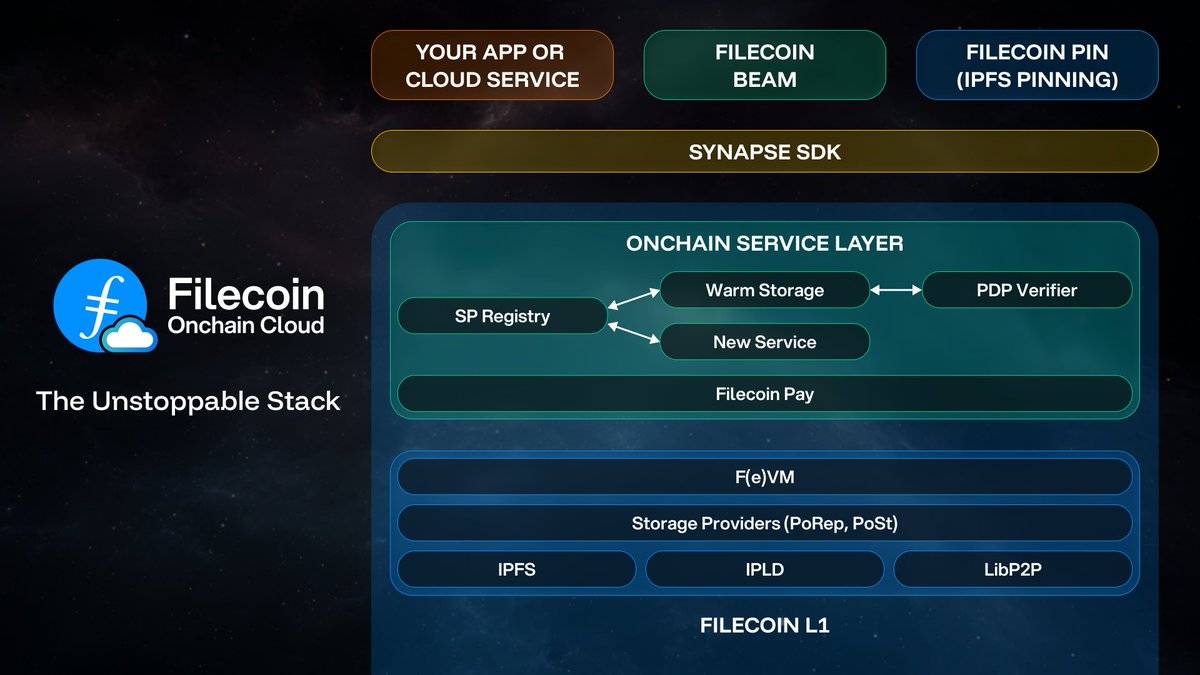

Filecoin TL;DR
Infra
12-13 10:50
🧵Akave 如何将数据托管与云管辖权分离
简而言之:欧盟云争议的焦点在于数据位置,而法律风险则取决于托管和密钥。Akave 的自托管 O3 服务将控制权保留在运营商手中,而 Filecoin 则提供去中心化存储层,从而降低锁定风险。
1/ 问题
欧盟云争议的焦点在于数据存储位置。但这忽略了核心问题。
决定主权的是托管权,而非地理位置。即使在欧盟地区、子公司和“主权”云平台上,美国超大规模云服务商仍然受《云法案》的约束。
2/ 托管权至关重要
欧盟云服务提供商虽然规避了美国管辖权,但数据托管权仍然掌握在服务提供商手中。
法院可以强制执行访问。
对于受监管行业和敏感数据,主权要求服务提供商完全不托管数据,运营商控制基础设施、密钥和访问路径。
3/ 自托管网关
Akave 声称没有法律豁免,但作为一家美国公司,它仍然受《云法案》的约束。
该方案依赖于架构。
自托管 O3 运行在您选择的欧盟基础设施上。加密密钥由运营商保管。
Akave 不持有可读数据。
4/ Filecoin 层
Filecoin 扮演存储的角色。
加密分片分布在去中心化的 Filecoin 网络中,并可根据需要设置地理限制。
没有任何单一运营商或司法管辖区持有完整的文件。这降低了单一提供商集中风险。
5/ 退出和成本
出口费用本身就存在锁定效应,监管机构现在根据 DORA 和 NIS2 法规对退出风险进行标记。
该模型取消了出口罚款,保持了 S3 API 的一致性,并使迁移变得切实可行:只需切换 DNS 并同步数据,无需进行长时间的重构。
阅读全文:





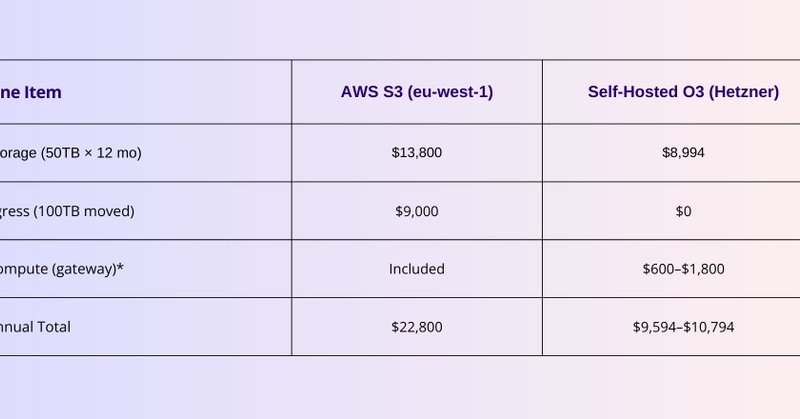

Filecoin TL;DR
Infra
12-12 19:34
🧵Eastore及其在Filecoin存储中的作用
简而言之:Eastore在Filecoin之上提供了一个类似U盘的界面,并使用开放的智能合约进行存储操作。
该项目专注于数据所有权、加密上传和直接创建Filecoin交易。
1/ 概述
@EastoreWeb3为用户提供了一个类似U盘的界面,通过开放的合约将数据定向到Filecoin。
文件首先经过本地加密,加密后的数据进入存储流程。
重点在于用户控制和清晰的交易创建。
2/ 链上逻辑
所有存储操作都通过Eastore合约进行路由,这些合约记录条款并创建@Filecoin交易。
这些记录始终可访问,因此即使Eastore网站或界面离线,数据检索仍然可行。
3/ 加密流程
加密在任何上传步骤之前都在用户设备上进行。
用户保留密钥,只有加密后的文件才会到达存储提供商。
这种方法可以降低风险,并在存储路径的每个阶段保护数据。
4/ 开源代码库
该项目将其合约、工具和存储模块发布在 GitHub 上。
开发者可以审核工作流程、扩展组件,或将逻辑集成到依赖 Filecoin 进行数据持久化的项目中。
了解更多:

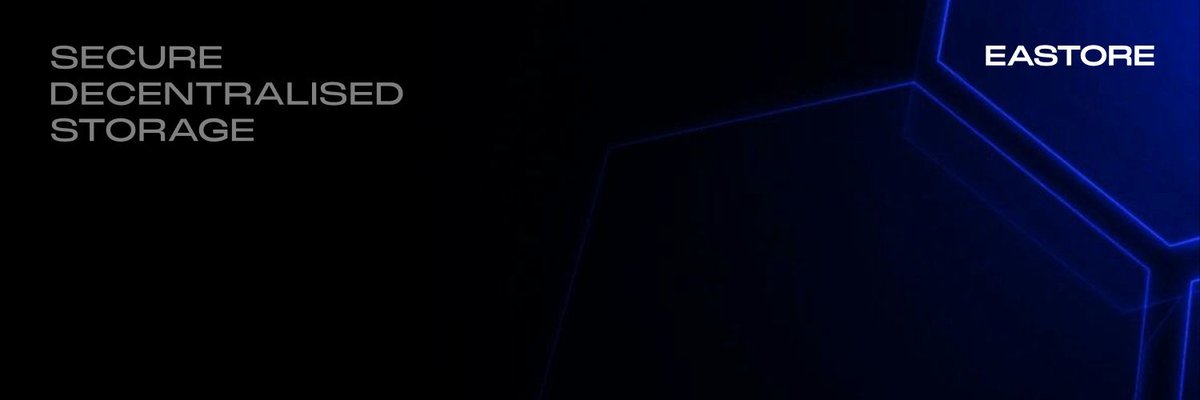




Filecoin TL;DR
Infra
12-12 04:06
🧵Portrait 取消注册费。
简而言之:Portrait 对所有人免费开放。
该协议将元数据保存在链上,并通过 IPFS/Filecoin 存储文件。
只要有节点锁定或托管数据,Portrait 即可保持可访问状态。可用性取决于分布式参与。
1/ 免费访问
Portrait 取消了十美元的注册费,并向所有用户开放注册。
任何人都可以认领网络上的空间,并免费创建个人 Portrait(@withportrait)。
2/ 架构
Portrait 将页面元数据存储在链上,并将图像和文件卸载到 IPFS/@Filecoin 等去中心化网络。
这种架构降低了对单一主机的依赖。
3/ 数据引用
每个 Portrait 都携带一个指向其存储文件的 CID。
即使托管节点断开连接,CID 也保持不变,因此存储路径在整个网络中始终可验证。
4/ 离线场景
如果 Portrait 的所有主机都离线,PortraitStateRegistry 合约仍会记录 CID。
如果对等节点或置顶服务在去中心化存储上保留副本,则文件仍然可访问。
5/ 要点
Portrait 向所有人开放访问权限,并依靠分布式对等节点集来保证持久性。
Portrait 的生命周期可以超过单个主机,并且当更多用户置顶或存储内容时,其可用性会更高。


